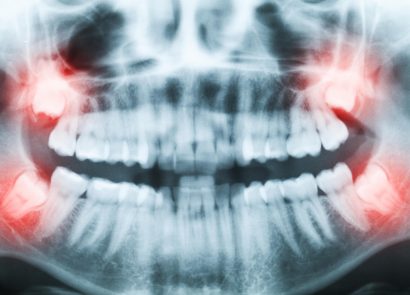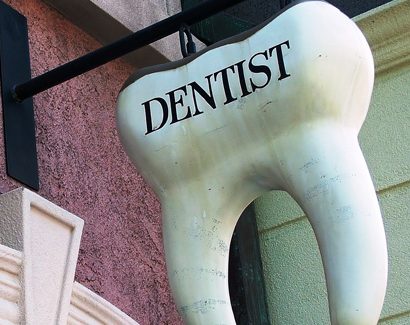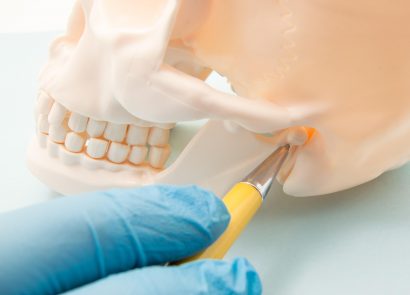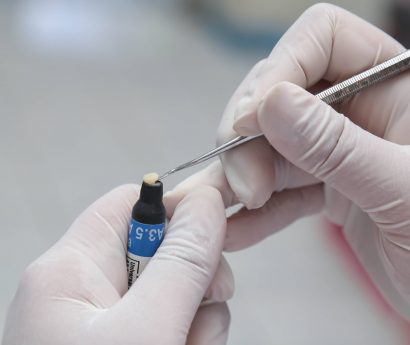
Tooth Sensitivity
Written by Ross Nash, DDS Last modified on October 12, 2018
Throughout my work with Consumer Guide to Dentistry to answer common questions related to cosmetic dentistry, I’ve touched on the demand for smile makeover treatments, like veneers. Veneers are used to restore teeth damaged by chips and cracks, or to correct other issues such as worn enamel, natural wear and tear, tooth alignment or discoloration. Given the interest in dental veneer solutions, I wanted to drill down (pun not intended) a little more to discuss a specific type of veneer treatment: placement of direct veneers.
I field a lot of questions related to direct veneers, and often find myself suggesting them as a course of treatment to address the specific dental concerns and goals of my patients. With that in mind, here are answers to the most frequently asked direct veneers questions I get from patients.

Q. What are Direct Veneers?
A. Direct veneers are restorations made of composite resin materials that are part glass and part plastic. Often alternatively referred to as composite bonding, these restorations are built directly onto the tooth by the dentist (hence “direct”). The adhesive process used by the dentist provides a strong bond, especially when there is a high percentage of enamel left on the tooth.
Q. What Problems can be Solved with Direct Veneers?
A. There are a number of beneficial uses for direct veneers. Significantly discolored teeth unable to be corrected with whitening and abnormal spacing between the teeth are readily correctable with direct veneers. Similarly, abnormal crowding of the teeth, excessive tooth wear or chips/cracks of the teeth can also be addressed with this direct restoration. Teeth that are broken or have natural defects that affect their appearance or function are also candidates.
Direct veneers can be the treatment of choice for all ages.
Q. Do the Teeth Have to be Shaped or Otherwise Altered for Direct Veneers?
A. Slight contouring before application of the composite resin material is often desired in order to achieve optimum esthetic results and insure proper alignment. This contouring/shaping/prepping of the teeth is typically minimal. That said, sometimes no contouring is needed prior to direct veneer placement.
Q. What is the Cost of a Direct Veneer?
A. The cost of direct veneers can vary based on a variety factors (as it can with any type of dental restoration). Compared with indirect veneers, direct veneers can often be delivered at lower a fee because there is only one appointment required (instead of two necessary for the indirect option) and there is no laboratory cost for fabrication of the veneer.
To give you an idea of the general cost range you can expect, direct composite veneers can cost $350 to $600 per tooth, whereas the cost associated with indirect veneers can be upwards of $2,500 per tooth.
Q. How Long do Direct Veneers Last?
A. It’s not unreasonable to expect your direct veneers to last for upwards of ten years if it is well-placed in a healthy environment, and cared for appropriately.
If you’re interested in reading more of my answers to commonly asked dental questions, check out some of my other contributions.

Tooth Sensitivity

Ask the Expert

Pediatric Dentistry

Oral Health

Pediatric Dentistry

Oral Health

Dental Hygiene

Tooth Restoration

Dental Public Health

Wisdom Teeth

Dentists

TMJ

Sleep Apnea

Cosmetic Dentistry

Dental Veneers